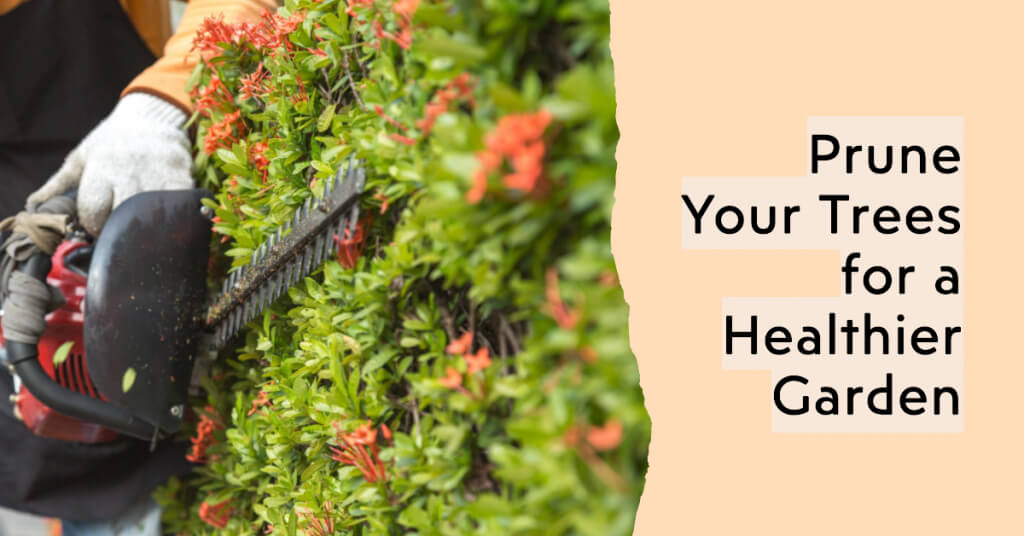The best time of year to prune trees in San Jose is during the winter months when trees have entered their dormant phase.
During this time, the tree is not actively growing, making it easier to see its structure and make cuts without damaging its health.
Pruning is crucial in maintaining trees’ health, growth, and appearance. Proper pruning can help to prevent the spread of disease and pests, which are less active during the winter, improve the tree’s structural integrity, and enhance its aesthetic appeal.
However, it is essential to note that some trees, such as fruit trees, may require pruning at different times of the year.
It is also recommended to avoid pruning during extreme heat or cold periods, as this can stress the tree and affect its ability to heal correctly.
Importance of Pruning Trees During Dormancy
Pruning during dormancy, typically in the winter months, offers several advantages. First, without leaves, it is easier to see the tree’s structure and identify which branches need removal.
Second, pruning during the dormant season minimizes sap loss and reduces the stress on the tree. Finally, dormant pruning helps to prevent the spread of diseases and pests, which are less active during the colder months.
Diseases and pests can cause significant damage to trees. Fungal infections, such as powdery mildew and apple scab, can be managed more effectively by pruning during the dormant season when the fungi are less active.
Also, certain pests, such as the emerald ash borer and bark beetles, are less likely to infest trees pruned during winter.
Exceptions to Winter Tree Pruning
While winter is generally the best time for pruning most trees in San Jose, some exceptions exist.
For example, fruit trees often require a different pruning schedule to ensure healthy growth and production.
Stone fruit trees, such as peach and plum trees, are best pruned in the late winter or early spring before the new development starts. This helps to reduce the risk of infection by fungal diseases that thrive in winter’s wet and cold conditions.
Spring-flowering trees, such as cherry and dogwood, should be pruned after blooming, usually in late spring or early summer. Pruning them in winter could remove the buds that will produce the flowers in spring.
Precautions During Tree Pruning
When pruning trees, it is essential to follow proper techniques to ensure the health and safety of the tree. Here are some necessary precautions to consider:
- Make Clean Cuts: Use sharp pruning tools to make smooth cuts. Ragged cuts can lead to disease, infection, and decay.
- Don’t Over-Prune: Removing too many branches at once can stress the tree and affect its growth. Generally, 25-30 % of the tree’s canopy should be removed immediately.
- Prune Selectively: Remove only the necessary branches to achieve your goals, such as removing dead or damaged branches, improving the tree’s structure, or reducing hazards.
- Avoid Topping: Topping is cutting back the main branches to stubs. This can lead to weak, unstable growth and make the tree more susceptible to diseases and pests.
- Be Cautious of the Weather: Avoid pruning during extreme heat or cold periods, as this can stress the tree and affect its ability to heal correctly.
Final Thoughts on Tree Pruning
Pruning is an essential task for maintaining the health and beauty of trees. In San Jose, the best time to prune most trees is during winter when the trees are dormant.
However, some trees, such as fruit trees and spring-flowering trees, may require pruning at different times of the year.
Proper pruning techniques and precautions should always be followed to ensure the tree’s health and safety.
If you are still determining the best time to prune a specific tree or how to do it properly, it is recommended to consult a professional arborist for guidance.


